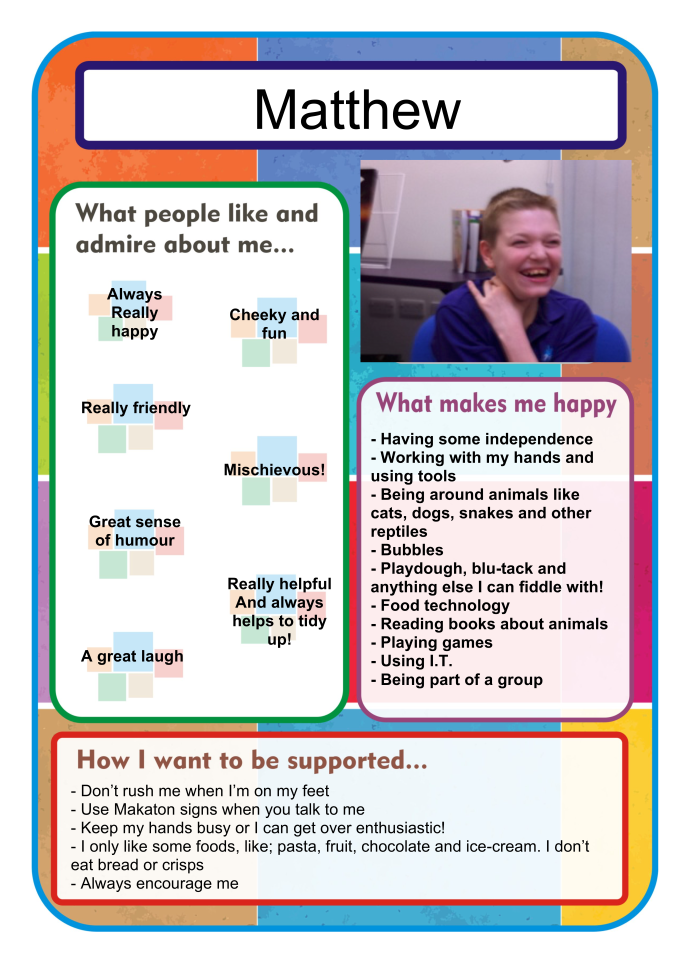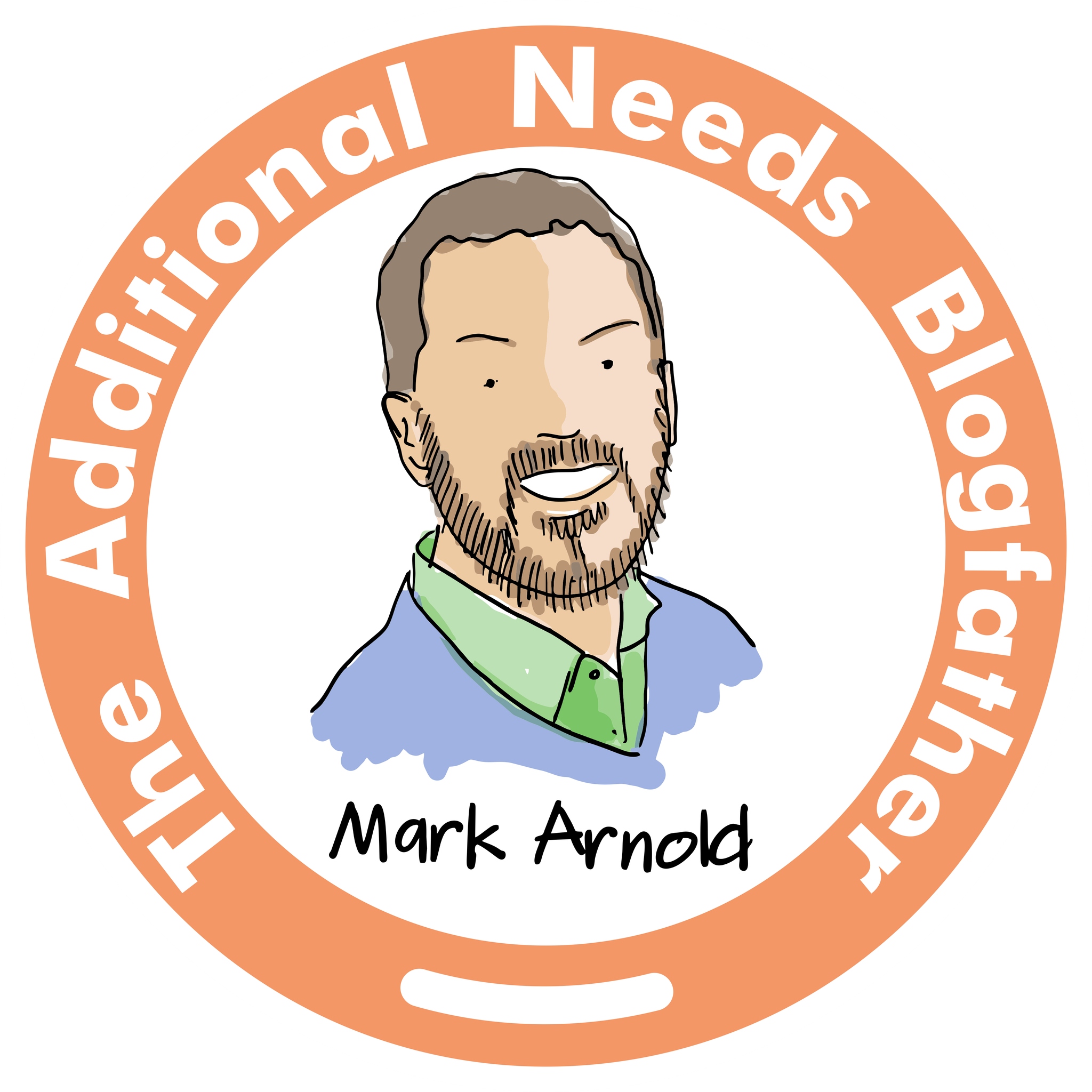What do you see when you first meet a child with additional needs or a disability? That may, of course, depend on whether their additional needs or disabilities are visible; they may be ‘hidden’ as so many conditions are. But even then, we would be missing the point; what we should see first is a child, a unique, wonderful, amazing child.
All too often, when someone is asking me for help regarding a child with additional needs or disabilities, the starting point is ‘problem solving’, centered around the child’s condition. “I’ve got an Autistic child in my group, how can I include him?”, or “I’ve got a Dyslexic teenager who is struggling when we read…” It’s easy to see how this narrative can form, it comes from a place where they are trying to get a child that doesn’t fit our model of children’s or youth work to somehow adapt, and the main thing they see that’s preventing that happening is the child’s disability.
But surely there is a better way of thinking about this? A starting point that isn’t ‘problem focused’ but is ‘child focused’? That looks at what a fabulous, individual, gifted, child of God this is first, that starts to build a more positive narrative about how we can adapt to meet their needs.
Our son, James, is 16-years-old, is loving and affectionate, has an infectious belly laugh, loves Minions, the colour yellow, PlayDoh, and trips out to the farm shop or café. He’s brilliant at jigsaws and can do 300-piece jigsaws upside down, just by the shapes. James is a good-looking lad (I know, I’m biased!) who is loved by everyone who meets him. He is also Autistic and has Learning Difficulties and Epilepsy, so needs things adapted so that he can access them and be included.
The folk at Sheffield City Council Children’s Team have created a website called SheffKids www.sheffkids.co.uk which is a brilliant resource full of really helpful support tools. One of these is their range of one-page-profiles, a resource to help anyone working with children or young people to get to know them better. These one-page-profiles ask three key things, and the order and priority given to them is really important:

What do people like and admire about me…
This is such a great place to start. It sets the right tone from the outset and creates a positive narrative about the child or young person, a ‘child centered’ narrative rather than a ‘problem centered’ one. By identifying and listing all of the positive attributes of the child we see them more fully, we see the things about them that are fulfilling, that we’ve missed before; the positive things that them being a part of our group brings and what we would all miss if they weren’t there. It is affirming and constructive, completely changing the way we continue to think about and respond to them.
What makes me happy
Again, this is really important to know. If we get to know what makes a child or young person happy then we can get to know them better through those things. We see them more broadly, as an animal lover, or someone who likes to play with Playdoh and enjoys exploring their sense of touch, or as someone who like technology. We can also use those things to help us adapt the group activities to make them work for everyone, utilizing their favourite things to engage them and keep them interested and focussed.
How I want to be supported…
This is the final section, and the words used are deliberate and helpful. Instead of the typical ‘Does your child have special/addition needs, please describe them here’ type of question that we still see on far too many registration forms, this is different. Firstly, it isn’t a question at all, it’s a statement; its ‘person centred’, “How I want to be supported”. Secondly, it talks about what that support needs to look like; that puts the emphasis right back on us to provide that support, for us to adapt rather than the child. That’s the right way around!
Using a resource like these one-page-profiles helps us to get the order right when we’re thinking about a child or young person; to prioritise them, not us. It guides our thinking to the positive attributes for that child, which may or may not have anything at all to do with their disability. It leads us to consider the things that make them happy, again whether this is connected to their disability or not. And it helps us to understand the things we can do to support them; I’ve recommended using these simple resources for all children and young people, there are loads of different styles, as we can find out so much more about every child that we work with through them.
Perhaps using resources like this will help change the narrative for children and young people; will help us to understand them as individuals, not labels; will change the perception of children and young people with additional needs or disabilities from being a ‘problem to solve’ to being ‘a child to serve’.
When we see each child as a child first, and a disabled child second, then we see them as God does; “The Lord does not look at the things people look at. People look at the outside of a person. But the Lord looks at what is in the heart.” 1 Samuel 16:7b
#AChildFirst
Mark
Mark Arnold
30th January 2019
See also:
‘Using What They Enjoy Doing To Help Them Learn’
https://theadditionalneedsblogfather.com/2018/02/09/additional-needs-childrens-work-using-what-they-enjoy-to-help-them-learn/
Photo: © Author’s own (header),© Sheffield City Council (one-page-profile)
Bible verse: New International Reader’s Version (NIRV)
Copyright © 1995, 1996, 1998, 2014 by Biblica, Inc.®. Used by permission. All rights reserved worldwide.



My son goes to a creative arts club, a charity in Lewisham called HeartnSoul & they are an amazing bunch, the staff, there. When he first started, they asked his name & are interested in (1) what he enjoys doing, first & foremost & then, (2) what he’s good at being/doing which others like and (3) how he likes & how we need him to be suppported. This attitude [or focus first on what he himself will enjoy most] is heartwarming & a rarity. They see him as a person first. We all can learn from them.
LikeLiked by 2 people
Thanks for sharing this Tess, really great to see! Big shout out to ‘HeartnSoul’! 😀
LikeLike
Yes! And something like this should be used for all kids when they enter nursery/school/etc … everyone is a person … one size doesn’t fit all, and many ‘neurotypical’ kids are not really that typical at all … we all have things which make us ‘different’ even if it is “only” glasses, food allergies, or mild-ish autistic spectrum or dyslexia … these are sometimes really hard for parents/teachers as they don’t fall into additional needs – but they are … in their own small way … a child on the boarderline can really struggle …
LikeLiked by 1 person
Thank you for sharing these thoughts, really helpful and highlighting that really there is no normal/typical. And absolutely the one-page-profiles should be used with every child! 😀
LikeLike
Thank you for this great post; I’m always amazed when I read your blog at the similarities between your 16-yr-old son and mine, especially the mad jigsaw skillz! 😀 I agree that so much of how we support and include someone with a disability depends simply on how we see the person. I wrote a post recently contrasting a woman at the library who said to my son “So this is who’s making all the noise” – and his teacher, who spoke of how funny and friendly and enthusiastic he is: “He’s just so great.” As you say here, whether you see someone as a problem or a person makes all the difference. It all depends what “perspectacles” you are wearing.
LikeLiked by 1 person
Thanks Jeannie, love this response and the two contrasting stories… “Perspectacles”… brilliant! 😀
LikeLike
I actually can’t take credit for it: I got it from “Momastery” blogger Glennon Doyle. 😊
LikeLiked by 1 person
Great post. I first did a ‘passport’ for my girl 7 years ago now – I had to quickly go check that I had done the sections in the right, positive order (I had, phew!). It’s helped us every year with her transitions and extra clubs etc.
LikeLiked by 1 person
Thanks Steph! Getting them updated annually is a good idea! 😀
LikeLike
I love this. I work with various levels of needs, and my main goal is to help them achieve their goals, regardless of what that may look like. I spend a lot of time getting to know the person on various levels to walk alongside them in their journey.
LikeLiked by 1 person
Thanks CeeJay, love what you’re doing and cheering you on! 🙂
LikeLiked by 1 person
I love this. Thanks for the informative post. Visiting you from the different dream link up. laurensparks.net
LikeLiked by 1 person
Thanks for the encouragement Lauren, glad you found the post helpful.
LikeLike
We have a one-page profile for carers. I am happy with that. In practice however, most people expect a label when they first meet or speak about him. This can unnerving. This (need for a label for what is his disability) includes council first handlers, as well new people, one meets say, in community including church. If we say he has a learning disability, 9 out of 10 would think he has dyslexia or cannot count or something similar. Far from the truth. If I say he has ‘intellectual’ disability, thus far after so many years, almost none knew what that entails.
You don’t want to say to strangers that your child cannot manage his toiletting needs, do you? That’s embarassing. Then early this morning I was so frustrated with the council that I blurted: you already have all his details on his disability and yet you are demanding for a utility or council tax bill in the name of a mentally retarded child? How is this even possible? Only then did the penny dropped! They treated him like he was an intelligent 18-year old Aspergers youth with no basis whatsoever. They simply assumed every autistic as high functioning just because over 50% are. No one knows what LD or ID means in London so you are forced to use the MR word & then you are judged ‘highly offensive’ when in despair, you are forced by others’ [even social workers’] ignorance to use
it. Mencap needs to do more, a lot more to educate the public such that we do not have to resort to labels.
LikeLike
Thank you for sharing your story Tess, it is really helpful. Your thoughts are clearly heartfelt and it is good that you are able to share them, but sad that they are necessary in the UK in 2019. As you say there is much to do, although I am encouraged that there are more people out there making a difference and raising awareness now than ever before.
LikeLike
“… there are more people out there making a difference…”
Agreed. Thank God.
LikeLiked by 1 person
Such a positive post and what a wonderful, honest blog you have. Thank you for sharing your thoughts.
LikeLiked by 1 person
Thank you Stevie, really appreciate the encouragement! 🙂
LikeLiked by 1 person